Growing peppers in a greenhouse: how to get a good harvest
Sweet or bell peppers remain one of the favorite vegetable crops grown in many countries. Its fruits are tasty and very healthy; they are widely used in the culinary arts of various nations. In addition, it is a real storehouse of vitamins and useful microelements. It can be grown not only on a garden bed in the open field, but also in greenhouses, and modern agricultural technologies allow you to get a very good harvest. Growing pepper in a greenhouse is not particularly difficult, and it will be quite easy to master this business.
Content:
- Selection of material for planting
- Planting peppers, getting seedlings
- Basic rules for growing peppers in a greenhouse
- Secrets of a good harvest
- Bell pepper diseases
- Harvesting bell peppers and getting seeds
Selection of material for planting
The first step is to decide on the variety for growing:
- There are several varieties of sweet peppershowever, only a few are suitable for greenhouse breeding. To get a good harvest, it is better to choose the varieties "Orange Miracle", "Winnie the Pooh", "Nochka" or "Tenderness", they were specially bred for growing in artificial conditions.
- In addition, experts advise purchasing varieties "Elephant", "Othello", "Victoria", "Health" and some others, but it is important to focus on the conditions of your area.
When buying, you must carefully read the growing conditions indicated on the label: these are the ripening temperature, time, and other factors that affect the harvest.
In addition, it is worth paying attention to the manufacturer: if you purchase seed from abroad, in local conditions, it may not give the desired result.
The variety is also selected according to how you want to use the crop. if you prefer fresh fruits, then you should choose large-fruited varieties that ripen quickly. if you plan to preserve, you should choose small-fruited plants.
Several common varieties:
- "Ermak" is a large-fruited early-ripening variety with a high yield. It allows you to get two harvests per season, the weight of the fruit can reach 250 g.
- "Gladiator" is a large-fruited variety with bright yellow fruits. They are characterized by juicy pulp and thick walls.
- "Medal" - a variety of pepper with red fruits that ripen gradually, This plant can bloom and bear fruit throughout the year, the weight of one fruit can be 150 g.
- "Black Cardinal" is a special variety, distinguished by the fruits of dark purple light. Such pepper can become a real decoration of the greenhouse.
Planting peppers, getting seedlings
Pepper cultivation begins in March, when it just starts to warm a little:
- Necessary nprepare boxes for seedlings with fertile soil, moist compost can also be used for this purpose, since peppers are very sensitive to the nutrient content of the soil.
- It is necessary to leave a space of at least 2 cm between the seeds so that the grown seedlings do not begin to interfere with each other.
- The planted seeds are sprinkled with dry compost, after which you need to make a mini-greenhouse: the boxes are covered with glass and paper until the seeds germinate. This usually occurs after 2-3 weeks with regular soil moisture.
- When the seeds germinate, it is necessary to maintain a temperature of at least 21 degrees.
- The grown seedlings dive - they are transplanted into separate pots, each seedling needs a space of about 20 cm so that the root system has room for development.
- The distance between the pots should be at least 40 cm, the temperature in the greenhouse should be maintained at about 18 degrees.
- It is necessary to regularly water the seedlings and do not forget about feeding.
If all the conditions are met, the bushes quickly begin to branch, therefore, too active growth of the green mass should not be allowed.
If the plants have already reached height 15 cm, they need to cut off the apical buds. This is done to obtain lateral shoots and form a bush. The greater the number of side shoots, the more fruits can be obtained from one plant in the future. In the heated room of the greenhouse, you can grow quite tall bushes, but you need to take care of their garter.
Usually, the correctness of the conditions can be judged by the condition of the plants themselves.
If the seedlings grow up quickly and produce large, bright green leaves, this indicates that they have enough moisture and nutrients. Lack of light produces thin and fragile shoots, from which it is difficult to expect good yields.
Basic rules for growing peppers in a greenhouse
For transplanting peppers into greenhouse soil, convenient containers with sandy loam soil are selected. The soil temperature must be at least 15 degrees, the air temperature in the greenhouse must be at least 20 degrees. Usually the landing principle depends from a specific variety, and the manufacturer must indicate the necessary information on the seed packaging. However, there are general recommendations that are suitable for breeding most varieties:
- Bushes are planted on the beds with a double-line tape.
- The row spacing must be at least 80 cm.
- There should be about 20 cm of space between the plants, as the bushes will grow, and they will need space.
- When the stem is long enough, the bushes need a garter. For this, you can use wooden supports up to half a meter high.
- Flowers are removed from the first branch, only two shoots must be left.
- When the plant rises up, only the strongest shoot should be left on each branch. All the rest are pinched after the bud appears.
- It is necessary to constantly loosen the soil, as this will provide the roots with oxygen. Too dense soil interferes with root growth, and this will negatively affect the future harvest.
- It is necessary to regularly water the plants in sufficient quantity. A sign of a lack of moisture is the appearance of yellow-red spots on the leaves.
- In the greenhouse, it is desirable to maintain a constant temperature, since any sudden changes negatively affect the growth of the fruit.
- Good lighting needs to be achieved. This will allow the shoots to grow faster and the fruit will begin to sing faster.
A polycarbonate greenhouse is good in that it allows you to provide plants with diffused light, so there will be no burns on the leaves from direct rays.
These are general guidelines only, as different varieties of peppers may require very different conditions. Special this applies to feeding: most varieties of peppers need to be fed once a week, for this, complex fertilizers are used. At the same time, it is important to know that in the first phase of growth, nitrogen fertilization predominates in fertilizing, and when the bush begins to bear fruit, phosphorus fertilizers are used.
Secrets of a good harvest
Although bell peppers are an unpretentious plant, there are a few secrets you need to know that are important to get a great harvest.Several subtleties relate to growing seedlings.
Gardeners recommend carrying out the hardening procedure several times so that the seedlings will get used to the new growth conditions faster in the future.
If the weather is warm outside, the seedling pots are taken out several times night on the balcony or onto the terrace. A week before transplanting into boxes in a greenhouse, seedlings are treated with potassium salt, which stimulates growth. In addition, you can treat them with Elina stimulating solution: this increases resistance to various diseases and pests.
For the fruits to ripen faster, you need to harvest on time:
- If one fruit has already reached the desired size and ripeness, it must be removed immediately, since until this is done, other fruits will not begin to sing.
- It is necessary to frequently inspect the bushes, timely removing any diseased and dried leaves.
- In addition, sterile shoots are cut to prevent them from taking nutrients away from the healthier shoots.
Sometimes used growing technology bell pepper not in boxes, but in special bags filled with a nutrient mixture. A film bag can also replace a box, but it takes up much less space and can be placed anywhere. One of the common complaints from gardeners is that large, beautiful fruits suddenly turn out to be bitter, like pungent varieties.
It is not recommended to grow both varieties in the same greenhouse, as cross-pollination is possible.
In this case, the bell pepper will acquire an unusual taste. In addition, cross-pollination is possible if the pollen was brought in by insects that flew through the window. It is undesirable to grow hot peppers in the same area.
Bell pepper diseases
Bell pepper, like many cultivated plants, is susceptible to various diseases. It is not so difficult to cope with them, but the plant will need to be constantly taken care of, since otherwise all plantings may die, and a good harvest will not be achieved.
The most common diseases of this plant:
Blackleg.
- It is a fungal disease that attacks the stem of the plant and transfers it to the root system.
- If you do not take action, the plant may die, as the roots will be almost completely destroyed.
- The disease spreads quickly, so it can destroy not one bush, but all the plants in a given garden.
- You can only fight the black leg with timely disinfection, and if the disease has already manifested itself, it is necessary to completely change the soil.
Bacterial spotting.
- Another common disease that can affect the entire plant during the early stages of growth.
- It is caused by bacteria that attack the stem and leaves, causing stains to develop on them.
- If the plant bears fruit, the disease also affects the fruit, on which watery bulges begin to appear.
- It significantly impairs the quality of the crop, in addition, it can quickly spread to neighboring plants.
- The treatment is spraying with special compounds, as well as replacing the soil in the boxes.
Late blight.
- A common greenhouse disease leading to fruit rot and damage to the green part of the plant.
- Late blight develops faster in greenhouses, in which a constant temperature is not maintained: high humidity and periodic cold snaps create conditions for the development of late blight.
- Dark spots with a light green outline begin to appear on the stems, leaves and fruits.
- To avoid late blight, it is recommended to pre-dress the seeds, in addition, when a disease appears, the plants should be regularly sprayed with a solution of Bordeaux liquid, familiar to many gardeners.
Phytophthora especially often affects tomatoestherefore it is not recommended to grow them near peppers.
The development of various diseases is additionally promoted by too high or too low temperatures in the greenhouse room.
Harvesting bell peppers and getting seeds
The yield of pepper directly depends on the effort invested, and if you follow the rules of cultivation, you can get a large number of fruits.
You can find out the approximate yield even when choosing a variety and focus on this data when caring for plants.
The fruits are removed when they reach technical ripeness:
- In doing so, they must acquire the size and color characteristic of this variety.
- It is not worth keeping them on the bush for longer, it is recommended to remove the ripe fruits immediately. They are quite fragile, so you need to cut off the fruit along with the stalk. To do this, use strong scissors or a knife.
- Usually, the fruits reach ripeness in 20-25 days, and after a few more days, you can harvest a fully finished crop.
Getting seeds is an important and responsible business, since the success of further cultivation will depend on it. For this, one bush is selected, in which all the features characteristic of the selected variety are manifested as much as possible.
How to get pepper seeds:
- To get seeds you need to select several of the largest fruits located on the third tier from the bottom.
- They are allowed to mature completely, so they do not need to be removed until the end of summer.
- Other fruits and the emerging ovaries are removed from the bush, as they gain some strength, and as a result, the seeds may turn out to be immature.
- When the fruits left on the seeds are fully ripe, they are cut and stored in a paper bag until they are completely dry.
- The dried fruit is cut open and the seeds can be collected for later use.
- When harvested, the seeds are collected in a paper bag, on which you need to write the name of the variety and indicate when they were harvested.
- It is believed that they retain good germination for three years, however, older seeds can eventually give quick healthy shoots.
Bell peppers are represented in hundreds of varieties, and every gardener will want to one day get a new hybridexperimenting with cross-pollination of different varieties of pepper. These plants are capable of self-pollination, however, accidental pollination is also possible, so if you do not plan to breed a hybrid, it is not recommended to plant several different varieties nearby.
Bell pepper for many remains a favorite vegetable, without which it is difficult to imagine both a festive and everyday table. Its cultivation does not require any special knowledge and excessive care. However, the plant will appreciate the attention shown and will delight you with an abundant rich harvest and large healthy fruits. You can choose a variety that is ideal and according to growing conditions, and according to taste preferences.
The greenhouse will allow you to get the first early harvest and continue to harvest until the very end of summer.
More information can be found in the video.



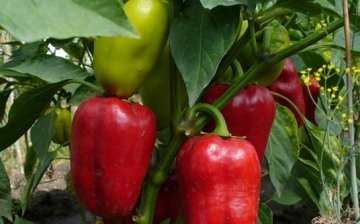
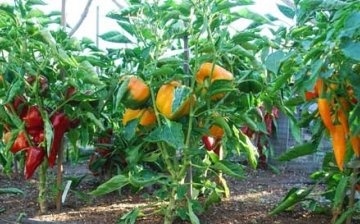

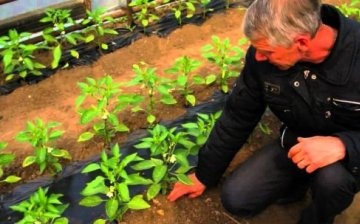
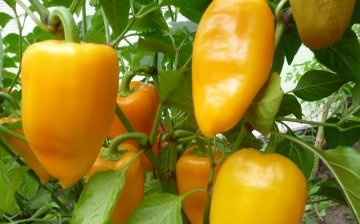
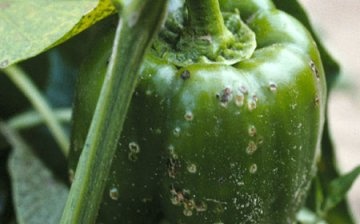
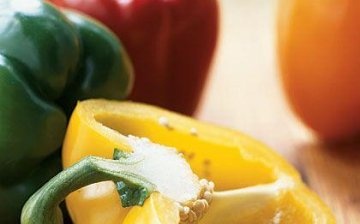








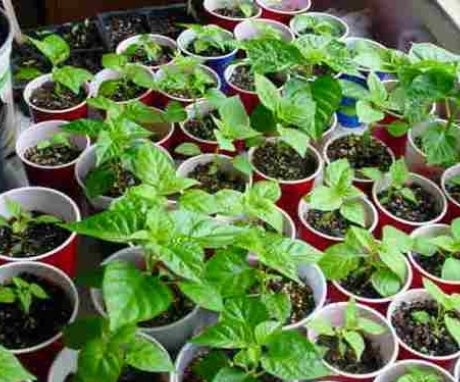
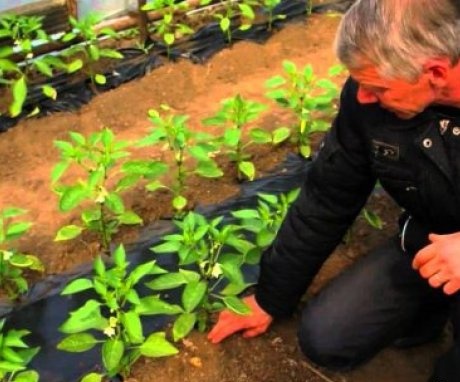
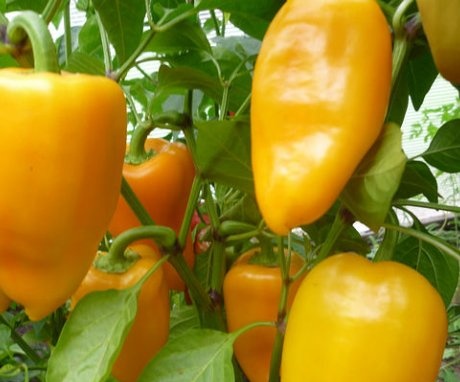
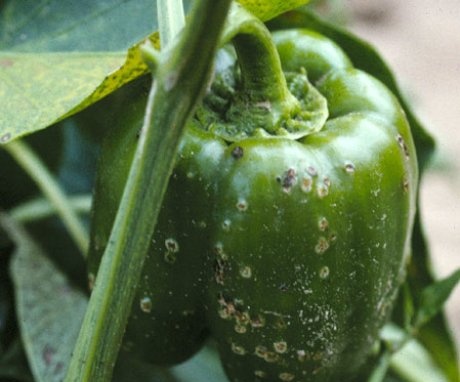
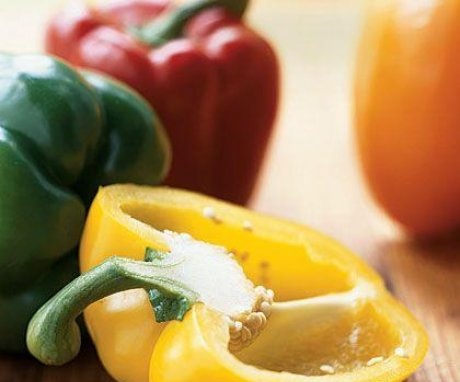
Sweet and bitter peppers in our region grow normally in the open field, I practically do not plant them in a greenhouse, frosts are now extremely rare, and outdoors they bloom better and the yield is slightly higher.